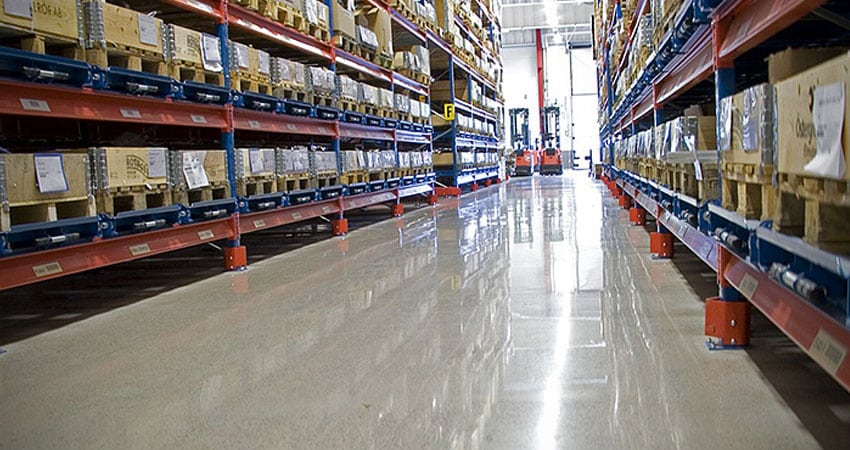After a brief period of parity for industrial space in the U.S., demand is once again outpacing new supply according to a report from commercial real estate firm CBRE, with consumer behavior leading to a tight ecommerce warehouse market.
Supply inched ahead of demand for the third quarter of 2017, by less than 1 million square feet, and quickly reverted back, according to CBRE. Overall, demand was ahead of supply by about 25 million square feet last year.
CBRE cited various drivers of supply chain demand including increases in wages, consumer confidence and consumption, business inventories and industrial production and low unemployment.
“As expected with such strong consumer sentiment, consumption rates have hit their highest levels since the 2008 recession,” CBRE said in its report. “This is especially positive for the industrial market, as consumer consumption is highly correlated to demand for warehouse and logistics real estate.”
The company said 41 million square feet of industrial space was absorbed in the first quarter of 2018, and the rate of availability for space declined to 7.3%, its lowest level since Q1 2001. It was the 32nd straight quarter of positive net absorption, the longest streak in almost 20 years.
David Egan, global head of industrial and logistics research for CBRE, said consumers’ desire to be able to order anything, anytime and get it fast is fueling increased development of last-mile networks and ecommerce warehouse demand. He added this trend really hasn’t slowed since 2013.
“If we as consumers were good with getting something in three or four days, there wouldn’t be as much pressure (for new ecommerce warehouse development) and retailers could aggregate inventory in one or two places and slowly trickle it out,” Egan said. “But that’s not the case. Companies are trying to be smart about how much inventory they hold, placing it as close to customers as possible. But customers are everywhere, so there’s leasing and development in lots of locations.”
While massive facilities are still being built in major hubs like California’s inland empire, Pennsylvania’s Lehigh valley, Atlanta and Dallas, among others, the push for “closer to the customer” is driving demand for development in forward locations across the country. Egan said secondary markets like Nashville are also seeing an uptick in large building development and leasing. “We’re seeing a user preference toward bigger is better, taking big chunks of inventory in secondary places,” he said.
The markets with the lowest rates of available space in Q1, according to CBRE, were Savannah, GA (3.3%); Detroit (3.8%); Oakland (3.9%); Cincinnati (4%) and San Francisco (4.2%). The highest availability rates were found in San Antonio (12.6%); Austin (12%); Boston (11.8%); Baltimore (11.4%); and El Paso, TX (11%).
CBRE said 35 million square feet of new industrial supply was delivered in Q1, down 44.9% over the previous quarter and down 26.6% from the year-ago quarter, contributing to the shortfall; an estimated 30% is tied to retail and ecommerce warehouse use. On a more positive note, the under-construction pipeline of 244.5 million square feet was up 3.7% over the previous quarter.
With demand exceeding new supply, net asking rents increased 1.9% in Q1 to $7.01 per square foot, the highest level since CBRE began tracking it in 1989. Rents increased 5.9% year-over-year, well above the average 12-month growth of 3.8% dating back to Q4 2011 when rents resumed growth after the recession.

